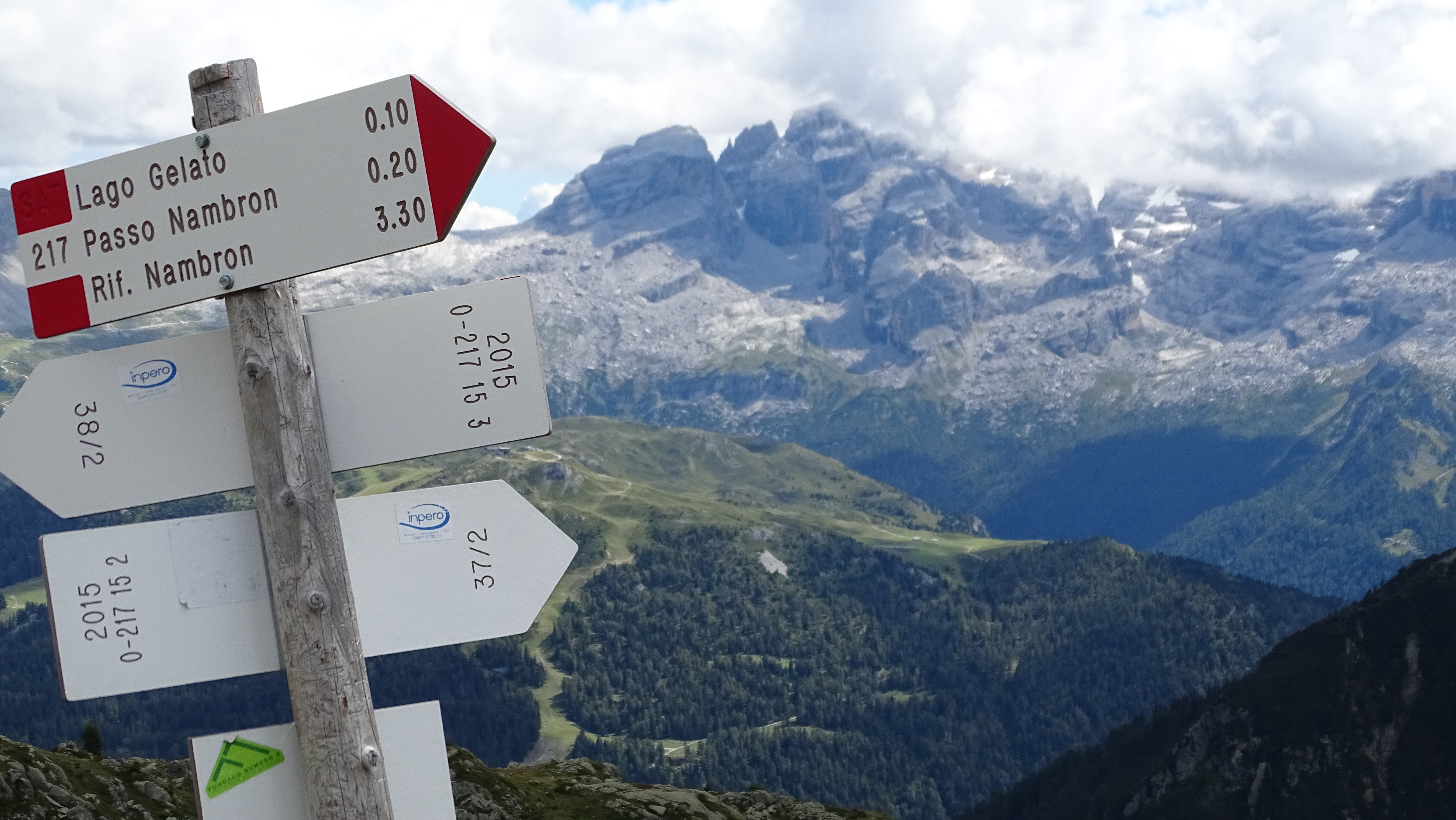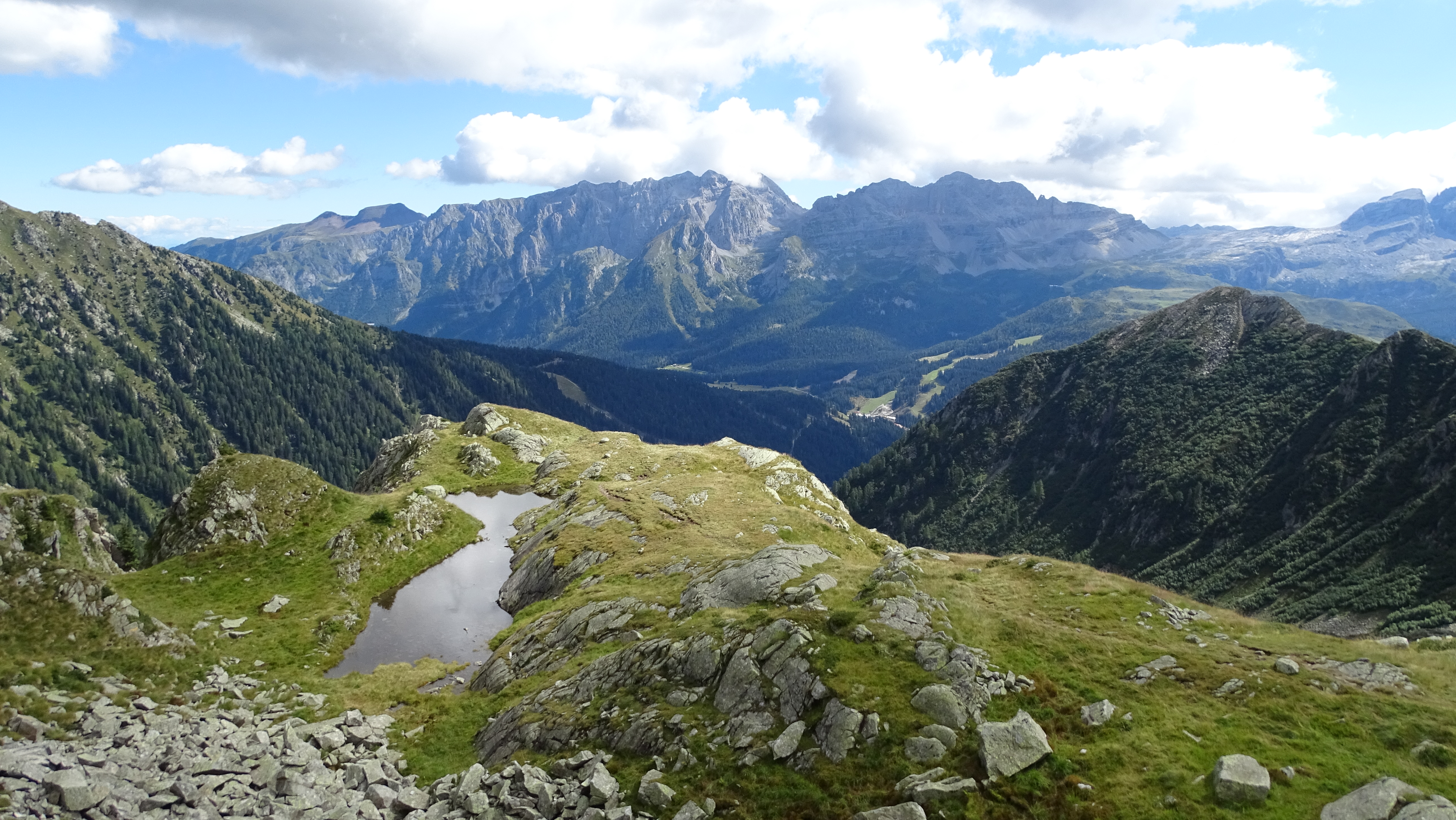10 things hiking can teach you as a junior developer
During this holiday I hiked for the first time. I found some lessons that hiking can teach to junior devs.
Table of Contents
Just a second! 🫷
If you are here, it means that you are a software developer. So, you know that storage, networking, and domain management have a cost .
If you want to support this blog, please ensure that you have disabled the adblocker for this site. I configured Google AdSense to show as few ADS as possible - I don't want to bother you with lots of ads, but I still need to add some to pay for the resources for my site.
Thank you for your understanding.
- Davide
I just finished my holidays. For the first time in my life instead of relaxing and getting a tan on the beach, I spent my summer holidays in the mountains. For sure I won’t show a perfect tan in the office this year, because - even though it was almost the first time for me - I spent almost every day hiking. That was quite extreme for me ‘cause, trust me, I’m a lazy guy! Just to give you an example, if I’m watching a movie, and I have to choose between staying on the couch or getting up to get some snacks, I’d rather stay hungry than leaving the couch!
Having said that, I noticed that hiking can teach some lessons to all developers, and more specifically to junior devs.
1. Don’t aim too high at first
If you’re a newbie, don’t set the summit as your first goal: start with small steps, and start with simple tasks. In my case, I started with 1 hour walks on flat paths. At the end of the holiday, I managed to complete a 9-hour hike with about 900 meters of difference in high. Such an improvement, uh? 😎
2. Use the right tools: not the cutting edge, but neither the inadequate ones
On my hikes, I noticed different kinds of people: some walked with sandals and shorts, others walked with bulky backpacks, compass and other high tech gizmos.
I only had my trekking poles, my camera, and a backpack with a clean t-shirt, some warmer clothes, food, and drinks.
In the same way, if you’re starting your career as a developer, don’t use all the most expensive tools you can find on the Internet: they can be a waste of money.
If you’re a C# developer, just install Visual Studio. You don’t need other IDEs with a 300€ license every year to be a good developer, you just need the Community Edition of Visual Studio, which is free.
At the same time, don’t use inadequate tools: programming on Notepad is free, but… maybe not the best choice.
3. Plan your track, but be ready to change it on the fly
Do you want to be a full-stack developer? Set up a list of the things you must learn, as
- HTML
- CSS
- JavaScript (yep, pure JavaScript)
- Usability
- Responsive design
Set up your path. But be ready to change it on the fly: what if at some points you find out that you love JS but hate the frontend part? You can switch your learning path to NodeJS, and it’s fine too!
Don’t stick too much to your plans! Listen to your gut feelings, but also reason according to the situation.
Also, remember that you should adapt to the outside world: as I had to shorten my route when it started to bucket down, you must abandon a technology if it’s necessary. Think of all the Adobe Flash developers that had to learn a new framework from scratch when that technology became obsolete.

4. Everyone goes his own pace
I was quite slow climbing up, while my girlfriend was faster than me. On the contrary, while climbing down, I was a bit faster than her, because her knee was hurting.
It was not a race, we were doing the same route both of us at our own pace. We’ve been overtaken by tens of hikers, and we were fine with that. Everyone has his own story, his own attitude, his own skills.
So, don’t blame yourself if you see someone else succeed faster than you. It takes time, effort, and consistency.
5. Start your path with someone more expert than you
As I said before, I’ve never tried hiking before. Luckily my girlfriend used to hike with her family in the mountains, so she took care of me and helped me collect the stuff I needed. Without her, I wouldn’t have brought with my sunscreen, a change of clothes, good shoes and so on.
So, it’s a good idea to have a mentor. If you can’t find any, at least search for someone to ask for advice for your first steps. Twitter is a great place to start with, as well as other websites like Reddit and Dev.to.
6. Learn when to rest
It’s easy: you can’t always go at the same speed. Sometimes you speed up, sometimes you slow down. And sometimes you need to rest. Imagine if I had completed my 9-hour long hike without any rest! Of course, I took some breaks, both for resting my body and my spirit; and, of course, to eat something to restore my energy.
During your work hours, don’t forget to take some breaks: get away from your monitor every hour, even for five minutes; drink; stretch your legs; then, when you’re ready, get back to work.
It’s important not only for your body, but also for your mind: if you focus for too many hours on the same problem, it’s highly unlikely that you’ll solve it; you’d better have a break, have a chat with someone, talk of something completely unrelated, and probably you’ll get back fully restored with your mind ready to approach the problem.
7. Don’t be afraid to retrace your steps
Sometimes your first choice won’t be the best one. You may choose a path and then discover that it takes to a dead end. The only thing to do is to get back, evaluate better the situation, and then choose another path.
It can be difficult to get back as well, but if it’s the right choice, why not doing it?
You may have thought of a solution to apply to your project: it’s perfect, in theory; it should work. You write it and… it works! But then you find an edge case that does not fit your solution. What to do? Is it better to force it to work with rough stuff or to revisit your solution and find a better way to apply it?
8. The shortest path is not always the best one
On your right, a short path, full of crumbling stones, with a steep slope. On your left, a much longer path, but easier to do. What will you choose?
You’ll find this dilemma also in your professional life. Choose wisely.
For example: a new tool has just been released, which promises to solve all your problems. Would you use it immediately or write an ad-hoc solution for you?
9. Know your environment
What’s the environment you’re approaching? Rocks or mud? Woods or desert? A multinational corporation or family-held business?
How’s the day? Sunny or rainy? And what about your office: is it a toxic environment or a place where you can enjoy your day?
Can you see that tornado coming closer? Maybe the best choice is to head back as quickly as possible. Or to leave your company and find another one.
10. Get out of your comfort zone
Hiking was a brand new experience for me. I was a bit worried about this kind of holiday: «not for me», I thought. In fact, every time I went to the mountain it was for only one day, with a barbecue, a hammock next to a river, and a relaxing sleep that could take all the afternoon.
But not this time. I pushed myself beyond my limits. And I liked it.
I admit that I truly thought that embarking into this adventure was too much for me.
Now I can see that it was possible, with the right motivation, the right tools, and the right person. And I’m very proud of it.
The same principle can be applied to your career: at least, try to get out of your comfort zone. You’ll find yourself in places you could never have imagined.
Learn some new skills, join a bootcamp, give your first talk (I did it too, and there are some errors that YOU can avoid). Do something you’ve never done before. Who knows, maybe you’ll like it!
Bonus - enjoy the view
Even if you haven’t reached the top, you can still enjoy the view.
Look behind you: you can see the steps that you took to get where you’re now.
Look in front of you: there’s a lot more to discover, and you can do it. Maybe not right now, but with the right training, you can do it.
Look around you: how’s the panorama? Don’t you like where you are?
Now take a big breath and move on, to your next adventure!



